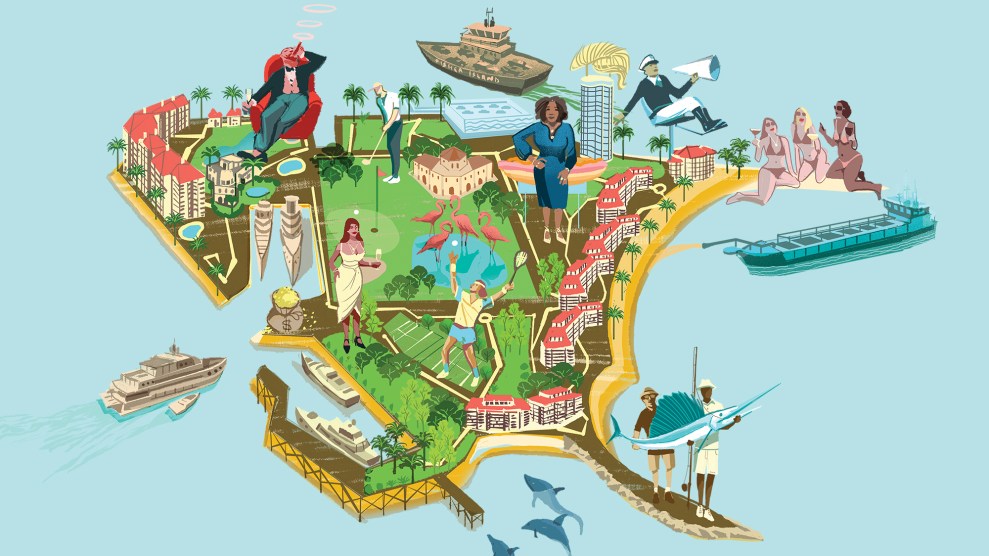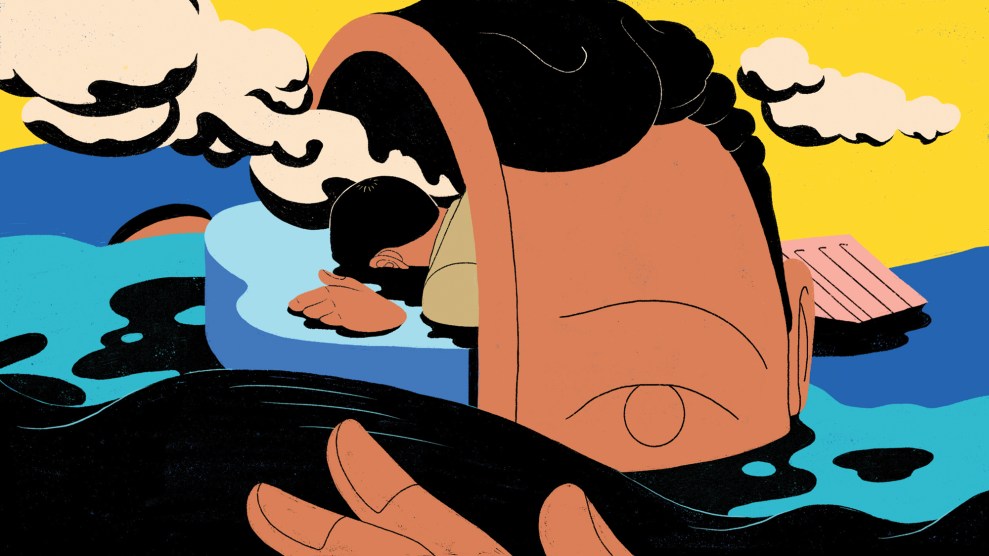Next week is World Water Week, with a big conference going on in Stockholm, Sweden. To mark the occasion WWF has put out a new and depressing report warning that climate change and poor resource management have combined to produce water shortages even in developed countries. need to reduce pollution, get serious about conservation, and fix up ageing infrastructure.
In Europe, countries on the Atlantic are suffering recurring droughts, while water-intensive tourism and irrigated agriculture are endangering water resources in the Mediterranean. In Australia, the world’s driest continent, salinity is a major threat to a large proportion of its key agricultural areas.
Despite high rainfall in Japan, contamination of water supplies is an extremely serious issue in many areas. In the United States, large areas are already using substantially more water than can be naturally replenished. This situation will only be exacerbated as global warming brings lower rainfall, increased evaporation and changed snowmelt patterns.
Some of the world’s thirstiest cities, such as Houston and Sydney, are using more water than can be replenished. In London, leakage and loss is estimated at 300 Olympic-size swimming pools daily due to ageing water mains. It is however notable that cities with less severe water issues such as New York tend to have a longer tradition of conserving catchment areas and expansive green areas within their boundaries.
More on water: Not so long ago John Luoma wrote in Mother Jones about the true cost of water privatization in cities all over the world, as measured in contamination, rate increases, shortages, and scandals. And Maude Barlow described in an interview how developing countries are increasingly pressured into ceding control over their dwindling water supplies to private firms.















